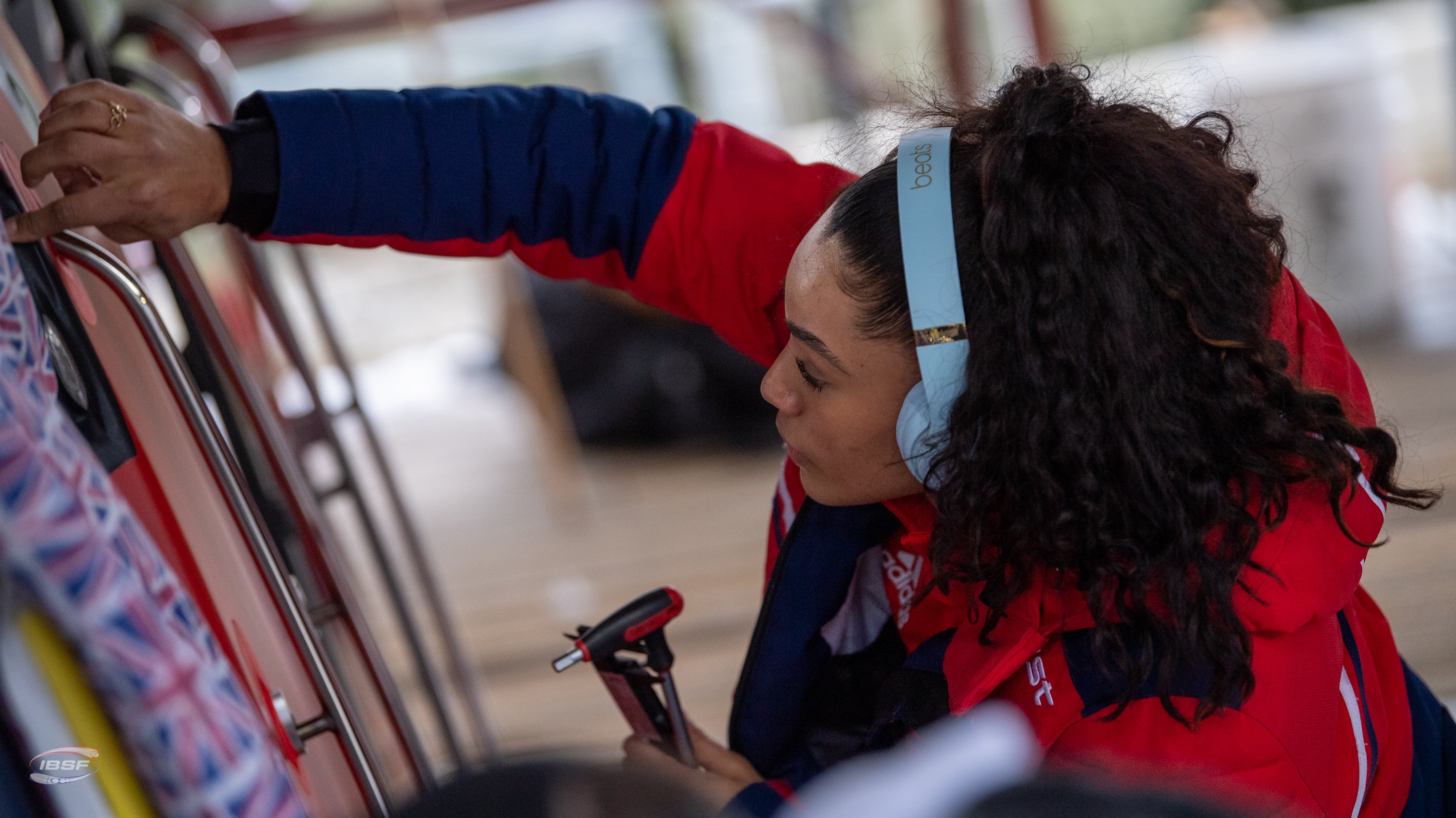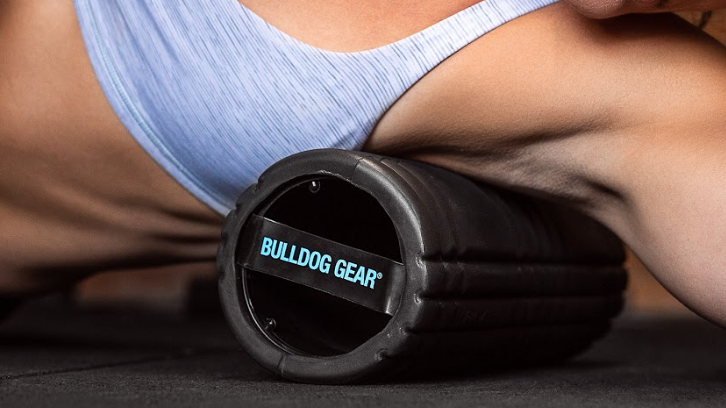The ultimate home training set-up regardless of space, budget or environment.
A lofty claim, to be sure. But running everything you could acquire through an algorithm that factors in finances, storage, versatility and adaptability leaves you with a handful of options.
Dumbbells, barbells, atlas balls- they all make the initial cut.
But what if you want options that are as useful to you ten years down the line as they are on your first session?
What if you want options that grow with you, like Milo’s apocryphal calf, but without breaking the bank?
Then we have to narrow the spectrum even further, we can start by changing the way you think about your training:
It might be time to start looking at your workouts in term of movement patterns and not simply exercises, as soon as you say barbell clean and press you've narrowed the spectrum and created a necessity for a specific piece of equipment; when we say ground-to-overhead, suddenly we've opened ourselves up to a lot of options. So what do we need to look at next?
Versatility
We need a selection of kit that’s versatile enough to cover all of the movement patterns your programming may require, whilst offering between them infinite scaleability to ensure your progress.
If your goals have a degree of specificity, then of course you need to factor this in when assembling your home gym arsenal. And of course, there’s always room for enjoyment, if you like a piece of kit, you’re far more likely to train with it.
What’s most important, is being absolutely sure of what you want this space to be to you, beginning earnestly, and assessing as you go.
Even so, a periodic regression to the basics is good for even the most advanced trainee.
Three pieces of kit to rule them all
Looking at training through this lens, we can create a 'strong foundations' kit list. Three pieces of kit that aren't just guaranteed to give you a strong start, but could keep you progressing indefinitely.
These are our picks, and exactly how we arrived at them.
KETTLEBELL

PORTABILITY
Compact for it's weight and versatility, the kettlebell literally has it's own handle, not just good for carries but also making it easy to transport to your training environment
OFF CENTRE LOAD
The kettlebell's centre of mass is located off centre from it's handle, making it easy to change the bells relative load on your body via acceleration, allowing you to use momentum to create a greater stimulus in some lifts.this also helps to hone your balance and train your stabilising muscles.
RANGE OF MOTION
The distance from the handle to the centre of mass also provides an ergonomic effect in some lifts, PARTICULARLY pressing movements where you can achieve a much greater range of motion versus a similarly weighted dumbbell.
COST TO USAGE RATIO
Whilst dumbbell racks can stretch on for miles in some gyms, you'll see far less variety in kettlebell training. an 'RX' 24kg kettlebell will be RX on your first day of training right through to your hundredth.
SELECTING A LOAD
If possible try out a few bells and look for a weight you can overhead press no more than 5-6 times. any heavier than this and you will limit the number of MOVEMENTS you can perform, any less and you'll lower the stimulus on your heavier lifts such as swings and squats
SANDBAG

PORTABILITY
When emptied, a bag can be easily rolled up and transported to be filled again at your training destination. this also makes shipping incredibly cost effective versus traditional weight.
DYNAMIC LOAD
The shifting, dynamic nature of sand within a bag makes for a radically more 'functional' stimulus compared to a barbell or dumbbells. much like the kettlebell, this stimulus will test your balance and sharpen your stabilisers.
COST OF PROGRESSION
Builders sand costs around £1 per 10kg making it somewhere in the area of 50-100 times cheaper than conventional weights. making even the most expensive, purpose built bag an incredibly economical tool.
SCALABILITY
Using filler bags or simply adding/ subtracting sand manually makes sandbags infinitely scalable, at a fraction of the cost of doing so with other tools.
SELECTING A LOAD
If possible progressively fill your bag and test it, aiming for a weight you can overhead press no more than 5-6 times. any heavier than this and you will limit the number of MOVEMENTS you can perfrom, any less and you'll lower the stimulus on your heavier lifts such as carries and squats.
Remember if you use individual filler bags you can scale up and down throughout your workout.
GYMNASTIC RINGS

PORTABILITY
Gym rings truly are the most portable piece of kit you will ever acquire. if you throw them in your empty sandbag before heading out, you can carry your entire gym in two hands.
PULLING POWER
Finding SOMEWHERE to hang rings can literally double the number of pulling movements you are able to perform, a hugely important aspect often missing from many bodyweight only programmes.
VERSATILITY
Rings can not only transform any space with a sturdy overhead support into a pulling paradise, they can also be used as handles for dragging movements, as well as coming in handy as straps for adding weight to bodyweight movements.
MOBILITY
Moving your bodyweight through a full range of motion on the rings can be an incrediblty powerful tonic for your mobility. this also adds a number of useful options for warming up when equipment is limited.
SKILL ACQUISITION
The basics of ring training already offer you the ability to adapt a wealth of movement patterns to suit your training. but beyond this, there are a lifetime's worth of incredibly humbling skills and progressions to be learned, making them the training tool with potentially the most mileage.



